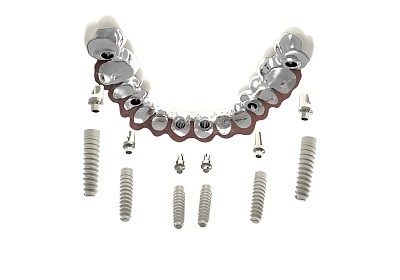Essential Guidelines to Follow After Receiving a Dental Filling for Optimal Recovery and Maintenance
Summary: After receiving a dental filling, proper care and maintenance play a crucial role in ensuring optimal recovery. This article outlines essential guidelines that patients should follow post-treatment. The recommendations focus on managing discomfort, dietary precautions, oral hygiene practices, and regular follow-up appointments. By adhering to these guidelines, patients can promote healing, prevent complications, and maintain the longevity of their dental fillings. Understanding and implementing these steps can make a significant difference in overall dental health.
1. Managing Discomfort and Sensitivity

After receiving a dental filling, it is not uncommon for patients to experience some level of discomfort or sensitivity in the treated area. This can be particularly noticeable when consuming hot or cold foods and beverages. To alleviate this sensitivity, it is advised to wait at least 24 hours before exposing the affected area to extreme temperatures. During this time, you can take over-the-counter pain relief medications, such as ibuprofen or acetaminophen, to manage any discomfort.
In addition to temperature sensitivity, some patients may experience tenderness in the gums surrounding the filled tooth. Rinsing with warm salt water can help reduce inflammation and promote healing. It’s essential to avoid touching the filling with your tongue or fingers, as this can exacerbate any discomfort or lead to complications.
If the pain persists beyond a few days or increases in intensity, it’s important to contact your dentist. Persistent discomfort may indicate an underlying issue that requires professional attention. Early intervention can often prevent more serious dental problems down the line.
2. Dietary Precautions for Optimal Healing
Dietary choices can significantly impact the recovery process following a dental filling. Patients are generally advised to avoid sticky, hard, or chewy foods for at least 24 hours after the procedure. These types of foods can put unnecessary pressure on the filling and increase the risk of dislodgment or damage. Instead, opt for softer foods like yogurt, mashed potatoes, or smoothies that will be gentle on the treated tooth.
Furthermore, it’s best to avoid consuming caffeine and alcohol during the initial recovery phase, as these substances can interfere with pain relief medications and may contribute to dehydration. Staying hydrated with plenty of water and consuming nutrient-rich foods can support the healing process and promote overall oral health.
After the initial recovery period, gradually reintroducing your regular diet is acceptable. However, keep in mind the necessity of moderation and balance, as a diet rich in sugar can contribute to further dental problems in the long run.
3. Importance of Oral Hygiene Practices
Good oral hygiene is crucial after receiving a dental filling to ensure proper healing and to extend the life of the filling. It is essential to maintain a regular brushing schedule while being gentle around the treated area. Use a soft-bristled toothbrush and fluoride toothpaste to help keep your teeth clean and free from plaque.
When flossing, consider using unwaxed dental floss or a floss threader, as these options can be more gentle on the filled tooth. Flossing daily will help prevent plaque buildup, which can lead to cavities around the filling. Avoid vigorous scrubbing, as this can lead to irritation in the gums surrounding the filling.
In addition to brushing and flossing, antibacterial mouthwash can be a useful addition to your oral hygiene routine. It can help reduce bacteria in the mouth and decrease the risk of infection. However, consult your dentist for recommendations on suitable mouthwash options, particularly one that is safe for use after dental work.
4. Regular Follow-Up Appointments Matter
Follow-up appointments with your dentist play a key role in ensuring the success of your dental filling and overall oral health. It is essential to adhere to any scheduled appointments, as these visits allow your dentist to assess the filling and the surrounding area for signs of complications.
During follow-up visits, your dentist may perform X-rays to examine the condition of the tooth and ensure the filling is functioning properly. They can also identify early signs of decay or issues that may have arisen since the placement of the filling. Addressing these problems promptly can save time, money, and discomfort in the long run.
Besides routine check-ups, don’t hesitate to reach out to your dentist if you notice any changes or unusual symptoms following your dental filling. Timely intervention is key to maintaining your oral health and prolonging the life of the filling.
Summary:
Following these essential guidelines after receiving a dental filling can lead to a smoother recovery process and better long-term outcomes. From managing discomfort and dietary precautions to maintaining oral hygiene and keeping up with regular check-ups, each aspect plays a vital role in preserving the filling’s integrity. By taking proactive measures and being attentive to your dental health, you can ensure a positive healing experience.
This article is compiled by Vickong Dental and the content is for reference only.


